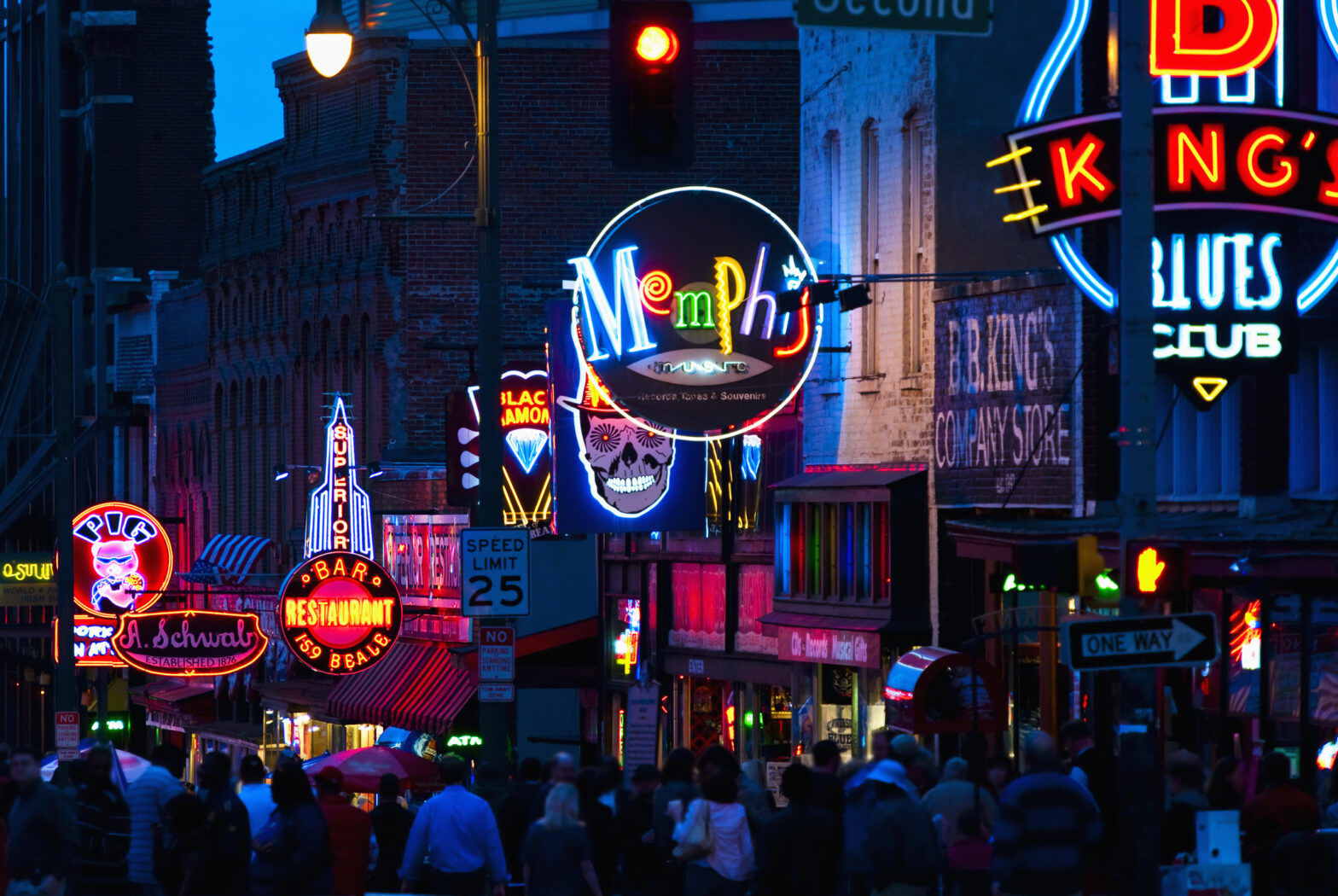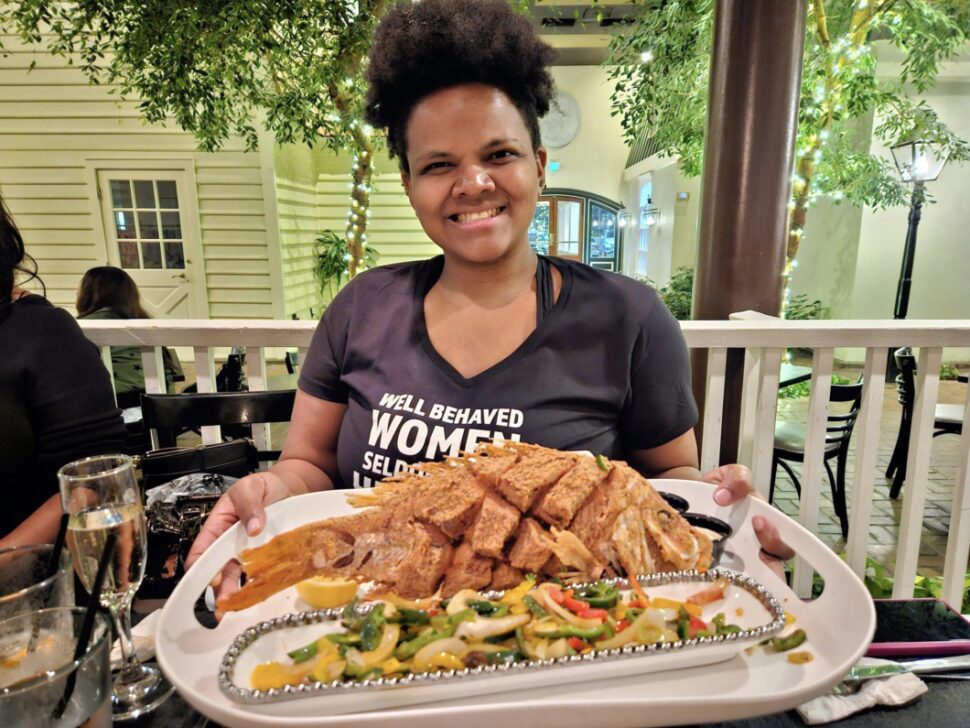
If cities could talk, Memphis would be loquacious. Sure, she loves barbecue, rock n’ roll, and Elvis, but that’s not an exhaustive list. There are many ways to get acquainted with her, but Black Restaurant Week exposed the culinary heart and soul of the Bluff City.
Perched on the Mississippi River, Memphis is named after the ancient capital of Egypt. The pace of life is slow, and manners are always in vogue. For example, your cab driver may insist on opening the car door, and your restaurant order may take a minute to arrive. You’ll hear “sir” and “ma’am” almost as often as religious references. That’s the South in a nutshell, and it’s best not to swim against the tide.
The itinerary was curated with Black culture in mind. Food is sacred, and there are plenty of Black-owned restaurants to tickle the most discerning palate. Meals to remember can be found at Supper Club on 2nd, Alcenia’s and Mahogany Memphis. The oxtails at Curry N’ Jerk: Authentic Caribbean Cuisine, didn’t disappoint.
But it wasn’t all eating and levity. Slave Haven and The National Civil Rights Museum, are stark reminders of past horrors.
RELATED: How To Spend 48 Hours in Black-owned Memphis
Slave Haven Underground Railroad Museum
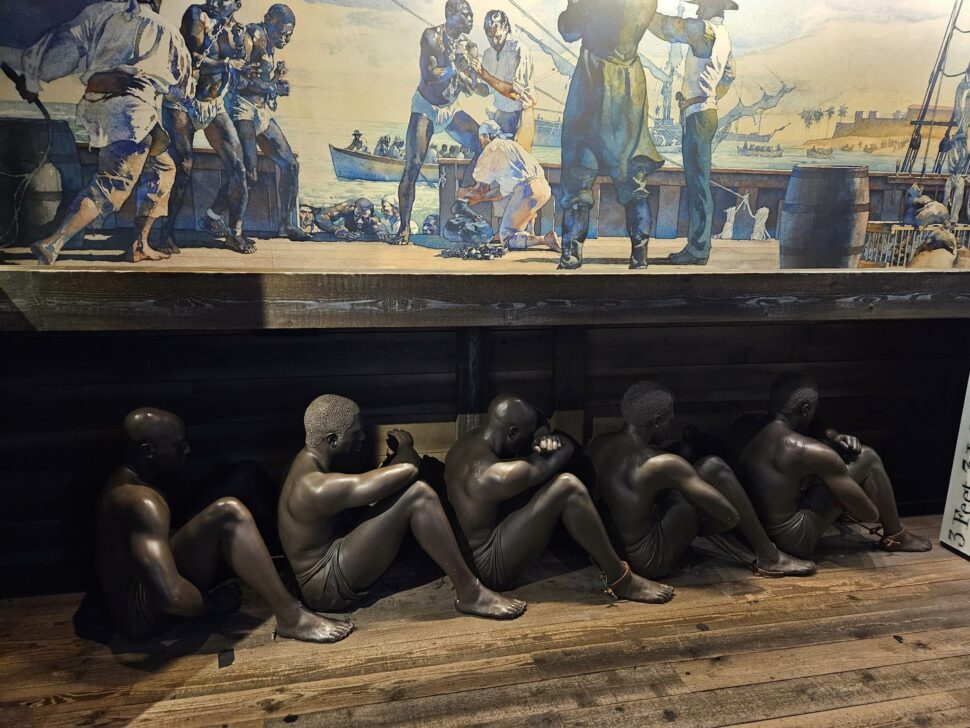
Long before the restaurants and coffee shops, slavery was a major enterprise.
Adams Avenue in downtown Memphis was a miserable place for enslaved people. Stripped of their autonomy, they were described with terms reserved for draft horses or cattle.
Not everyone in the South supported slavery, including abolitionist Jacob Burkle, who built the Slave Haven house in 1849. There, he housed runaways, at great risk to all involved. This was one of many tales of courage in the face of injustice.
The most chilling feature of the house is the secret cellar. This dank space was where runaways gathered before they made a break for freedom. At night, they crawled through holes in the walls, emerged in the back garden, and ran to the river nearby. But peril was never far behind. Even if they reached the free states in the North, they could be rounded up and sent back where they came from. Whether torture or death, the punishment would be gruesome.
Calvary Episcopal Church Marker
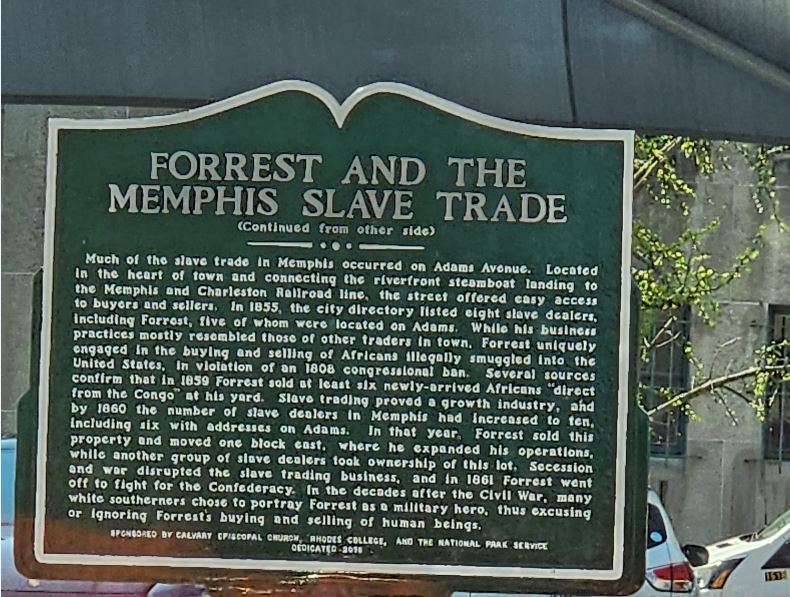
Outside the Calvary Episcopal Church is a marker titled, ‘Forrest and the Memphis Slave Trade.’
After making a fortune from slave trading, Nathan Bedford Forrest fought for the Confederacy in the Civil War. When his side lost, he became a Grand Wizard in the Ku Klux Klan.
The original marker from the 1950s, depicted Forrest as an ordinary entrepreneur, rather than someone who trafficked people for profit. Years later, the church and the National Park Service joined forces to expose his actions. In a time where history is often romanticized and distorted, this is crucial.
The Lorraine Motel and The National Civil Rights Museum
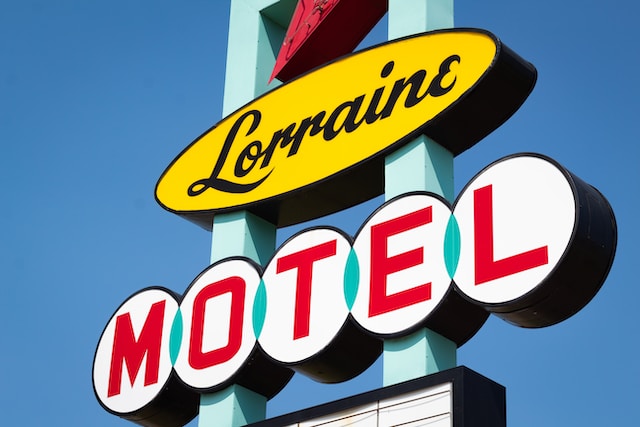
“When you learn history a certain way, it’s hard to unlearn it,” said Carolyn Michael Banks, founder of A Tour of Possibilities. “History can be uncomfortable. African-American history can be really uncomfortable.”
This gifted scholar and storyteller is right.
During a previous tour, someone told Carolyn that the Civil War was about states’ rights. When she asked them to specify what rights were in question, the person got quiet. They wouldn’t admit the war concerned one thing only — the fate of slavery.
The tour also highlighted Dr. Martin Luther King Jr.’s role in the Civil Rights Movement. A decade before his assassination, a woman stabbed King with a letter opener in New York. He referenced this in his last speech, I’ve Been to the Mountaintop. In poetic fashion, King said he was grateful he hadn’t sneezed, or the letter opener would have punctured his heart.
At the Lorraine Motel, a white wreath hangs in front of room 306, where King was shot. Next to that is The National Civil Rights Museum, which chronicles Black history from 1619 to 1968. The exhibits make the case that racism in the Americas has always been systemic.
Memphis Is A Haven For Music Lovers and Foodies

Memphis conceived blues and rock n’ roll, inspiring the murals on Beale Street and beyond. Tourist sites like Graceland, Sun Studio and Stax explain how music shaped the city.
Casual and diehard Elvis fans will enjoy perusing his beautiful home, as well as his plane and car collections. This was a man who lived life to the fullest, but not for long. He died young, as did his daughter Lisa Marie, and his grandson. They are buried together in the Meditation Garden, on the grounds of Graceland.
The Stax Museum of American Soul Music, is a treasure trove of music history. In its time, Black creatives could tune out the injustice of the world, if just temporarily. Otis Redding and Carla Thomas were signed to Stax Records, while Issac Hayes and David Porter were the Dream Team of songwriting.
Porter, who co-wrote “Soul Man” and “Hold On, I’m Coming!” is still active in the music business. He mentors songwriters and singers at his studio, 4U Recording. For all his accomplishments, he’s gracious and down to earth.

Beale Street is the entertainment artery of Memphis. Options for live music include B.B King’s Blues Club, Silky O’Sullivan’s and Rum Boogie Cafe. This May, the Beale Street Music Festival has an exciting lineup, including Earth Wind and Fire, The Roots and Jazmine Sullivan.
When it comes to gastronomy, Memphis deserves the hype. Every bite of fried chicken and brisket was an explosion of flavor. The mac and cheese and lavender margaritas at Supper Club on 2nd were top tier. But the runaway winner, was the fried red snapper at Mahogany Memphis, paired with cream of spinach and sautéed vegetables. A word of advice when having dinner in the South- fast all day, or bring two stomachs. The portions are no joke.
Whether you visit Memphis for Black Restaurant Week, or for another reason, make sure it isn’t the only time.
